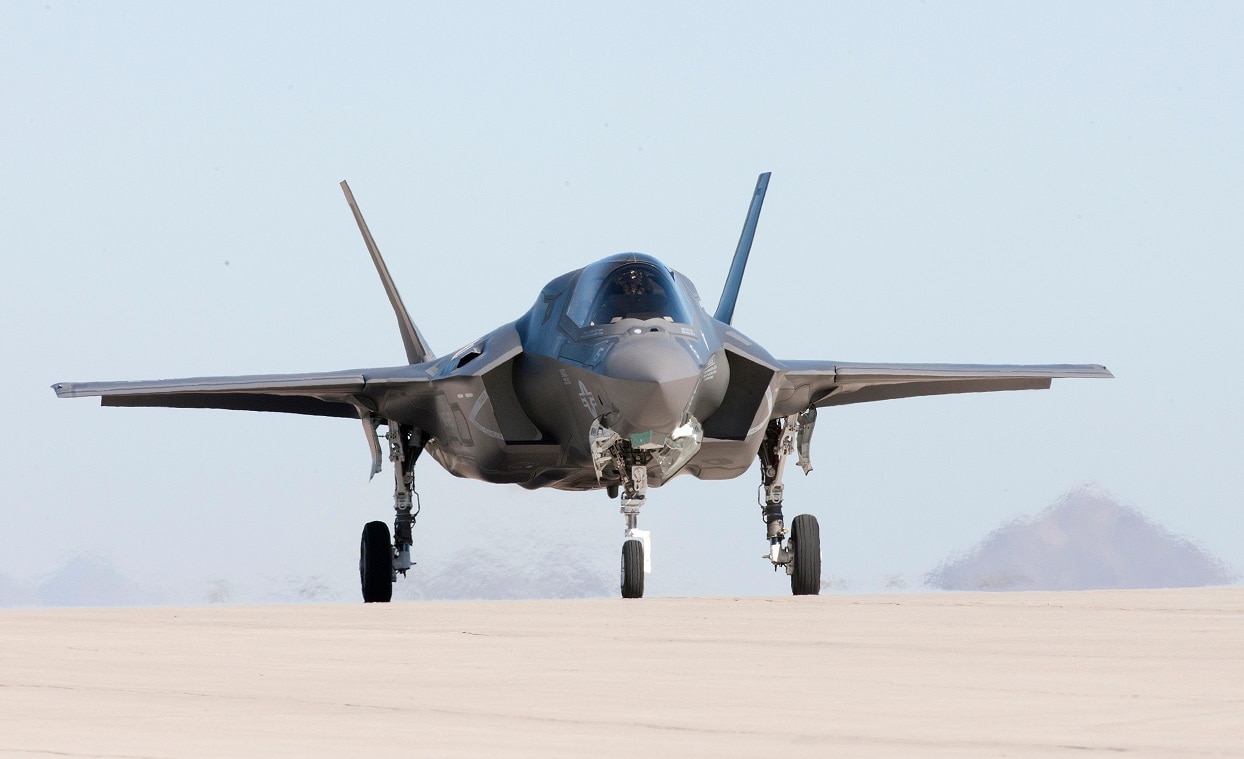In September, two of the Air Force’s highest-ranking officers warned that the service was running out of time to develop the new assets and capabilities it needs to stay ahead of emerging threats.
Gen. Charles Brown Jr., the Air Force chief of staff, called for the service to “move with a sense of urgency” in response to strategic competition with China, which he called “one of our nation’s greatest challenges.”
“We cannot wait for a catastrophic crisis, whether it be sudden or insidious, to drive change for the Air Force and the Joint Force. If we do, it will be too late,” Brown said at the Air Force Association’s Air, Space, and Cyber conference.
Lt. Gen. Clinton Hinote, the deputy chief of staff for strategy, integration, and requirements, echoed that concern, telling the conference he was “very concerned about the direction of our force.”
“I am concerned that tomorrow’s airmen will not have what they need to defend the nation in their time if we don’t change now,” Hinote said. “We are out of time.”
The Air Force must implement changes to maintain the dominance it has enjoyed around the world for decades, the officials said. One of those changes will be restructuring the service’s fighter fleet.
Like the rest of the US military, the Air Force is shifting from the counterinsurgency operations of the past two decades to competition with peer militaries.
US officials often mention Russia, but there was no question who is seen as the biggest threat.
“China is the pacing challenge, and they are actively working to erode our competitive advantages,” Brown said, noting the rapid expansion and development of China’s military, which now fields the largest aviation force in the Indo-Pacific region and has the world’s largest navy.
With its military and economic might, China will challenge the US “in a way we have not seen since World War II,” Brown said, echoing previous comments about future air warfare.
The Air Force is pursuing upgrades and modifications to address those new challenges. Streamlining and updating the fighter fleet has been a particular focus.
“We are going to have to get out of the business of keeping seven fighter fleets in play all the time.” Hinote told reporters during the conference. “That’s too expensive. It’s too many fleets.”
The Air Force wants to retire its F-15C and D models, which have exceeded their service life. “They’re increasingly unflyable,” Hinote said.
The Air Force also hopes to retire the venerable A-10 ground-attack aircraft by 2030. The four models left in service would be the F-22, the F-35, the F-15E and EX, and the F-16.
“We’re going to go from seven to four,” Hinote said. “We’ll go to a modern fighter force with four distinct platforms.”
F-22, NGAD, and the F-35
The F-22 and the F-35 are the US’s two fifth-generation fighters, the most advanced in the fleet. The F-22 was introduced in 2005 and the F-35 in 2016.
Originally, they were meant to work in tandem — the F-22 focusing on aerial combat and the F-35 meant as a multirole fighter with the ability to connect assets across the battlefield.
F-35s are still being built, but F-22 production ceased in 2011, largely because of budget restrictions and the lack of sophisticated aerial threats for it to counter.

Lockheed Martin Aeronautics Photo by Liz Lutz Job Reference Number: FP161047 Murray WMJ Reference Number: 16-03883 Customer: Allie Murray, Communications Event: AS-1 First Flight, CO-2 Flight Aerials Aircraft: F-35, Israel Pilot: Alan Norman Location: Fort Worth, TX Date: 07-27-2016 Time: 1100-1300 This image is Public Release Approved per Allie Murray, F-35 Communications
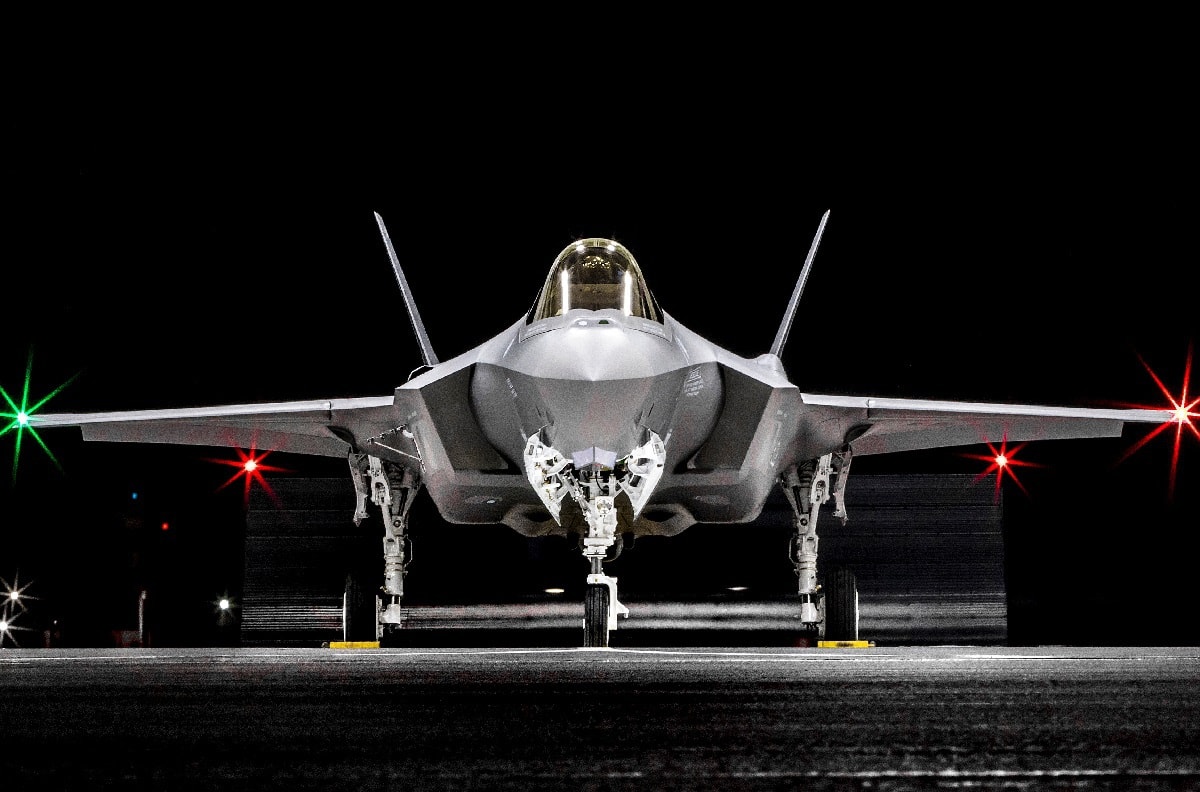
Image: Creative Commons.
The Air Force can’t restart the F-22 program, so it plans to upgrade and keep its roughly 180 F-22s in service until about 2030, when it plans to replace them with a fighter from the Next Generation Air Dominance program.
Hinote described NGAD as “not just a platform but a suite of capabilities and programs that will help us to ensure air superiority.”
The Air Force has already built and flown a full-scale NGAD flight demonstrator. Lt. Gen. Duke Richardson, the Air Force’s top acquisition official, said at the conference that the program “is progressing per plan.”
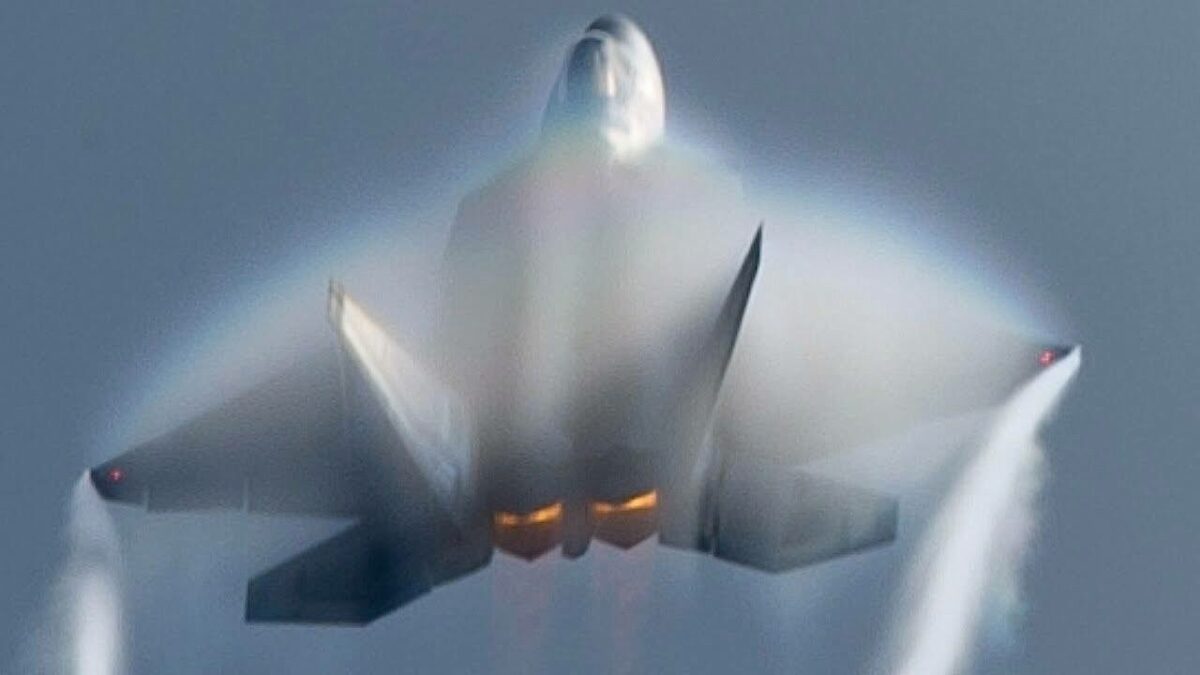
Image: YouTube Screenshot.
The F-35, meanwhile, “has to be the cornerstone of our fighter force,” Hinote said. “It will be the part of fighter force that has the most platforms associated with it.”
F-15 and F-16
The F-15 family of jets remains among the most capable and successful in the world. The US has retired its F-15A and B models, and the aging F-15C and D models will soon follow them. The Air Force intends to keep its substantially upgraded F-15E and F-15EX models in the sky.
The F-15E is a highly capable air-to-air and air-to-ground fighter. The recently acquired F-15EX, officially known as the Eagle II, is heavily updated and features a modern suite of electronics, including a new radar, mission computer, cockpit displays, and the Eagle Passive/Active Warning and Survivability System.
The Air Force plans to buy a least 144 F-15EXs. Along with the F-15Es in service, they will add muscle and numbers to the fleet without sacrificing quality, Air Force officials say.
With the F-15EX, “we’re taking advantage of a line that’s open to produce good, capable fighters at a fast rate to recapitalize that F-15C and D fleet,” Hinote said, likening to the F-15EX to “a 4.5- or a 4.6-generation fighter.”
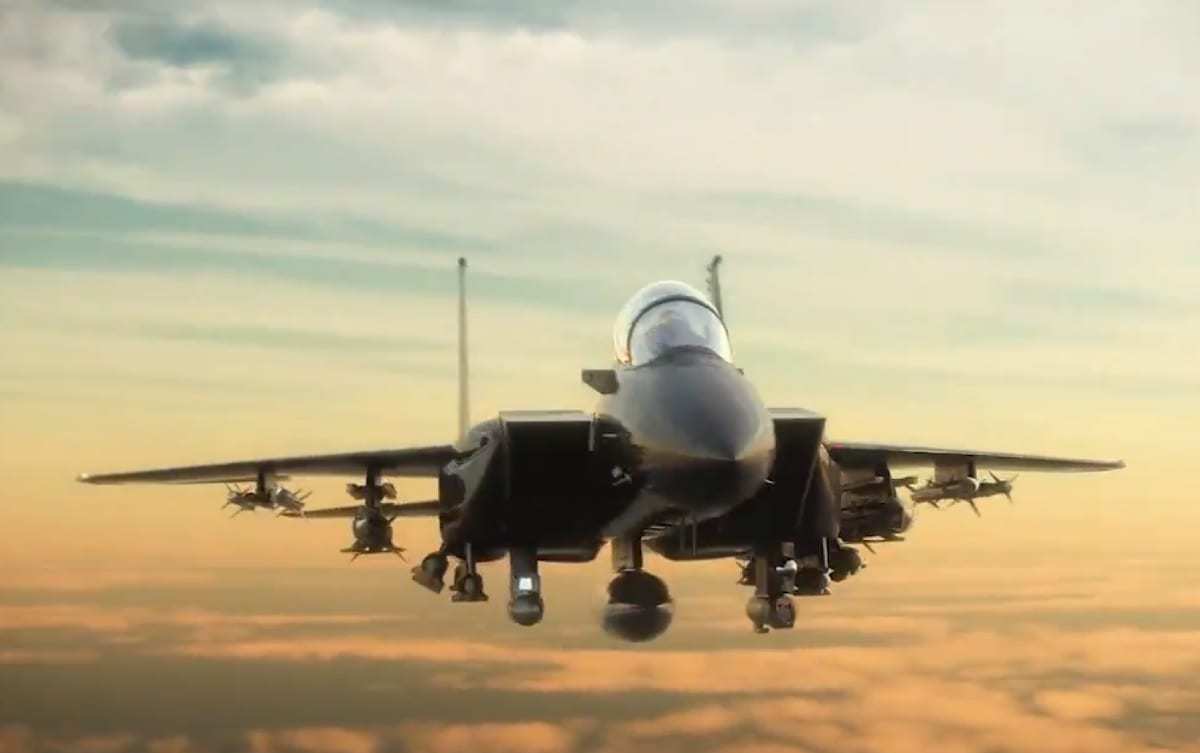
F-15EX Screenshot from Boeing Video
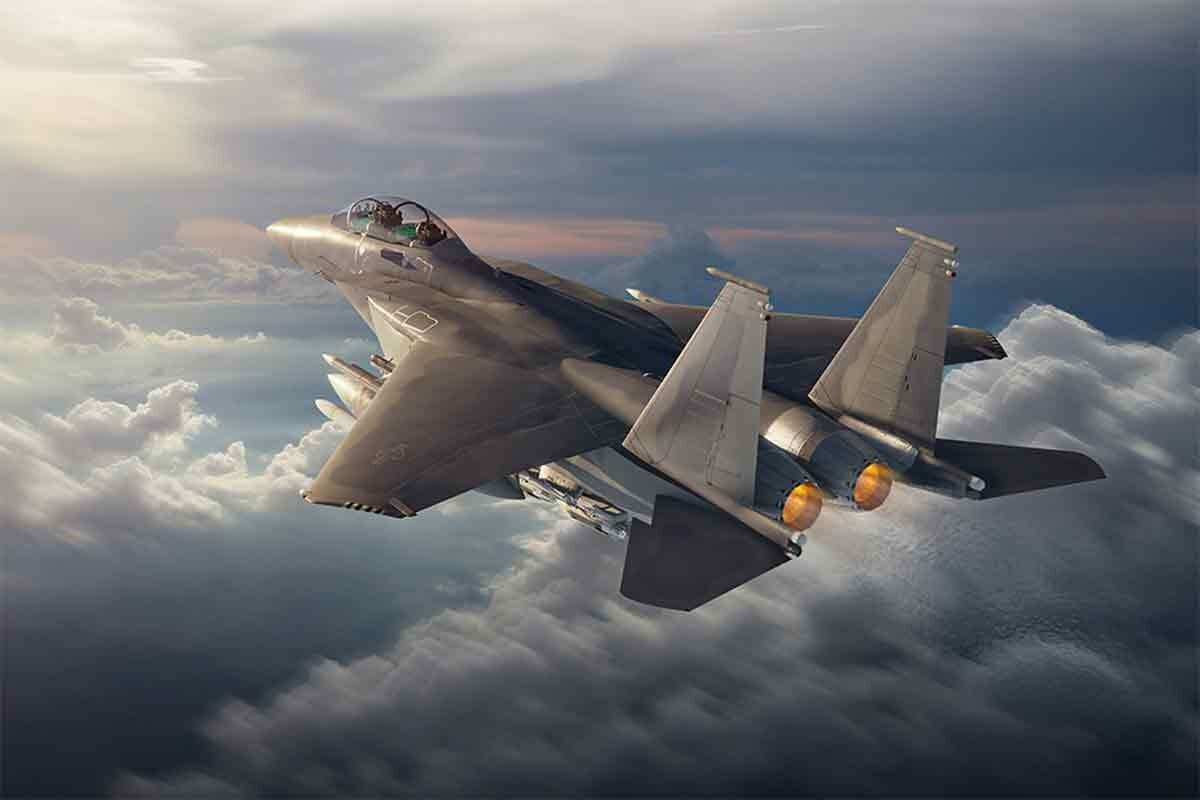
F-15 X (Image: Boeing)
The F-16, a longtime Air Force favorite, is expected to remain in service but focus on a different role. Upgraded and remodeled F-16s will add capacity to the fleet for missions such as homeland defense, where “we don’t necessarily need a high-end survivability but you need a good, capable, reliable fighter,” Hinote said.
The fighter fleet could see other changes, but fighters are not the Air Force’s only priority. It wants to replace the aging Minuteman III ICBM, improve and expand its aerial-refueling fleet, and invest in artificial intelligence. It also hopes to acquire modern long-range air-to-air missiles.
To progress on those efforts and keep pace with new threats, the Air Force will have to improve its own culture and work better with its partners, including those in industry building its new assets.
“If we do not get our relationship with industry correct, we’ll end up with fifth-generation fighters shooting fourth-generation weapons against a sixth-generation threat,” Brown said in September.
Benjamin Brimelow is a reporter at Business Insider.
Benjamin Brimelow Ben Brimelow is an intern for Business Insider's Military and Defense unit.

